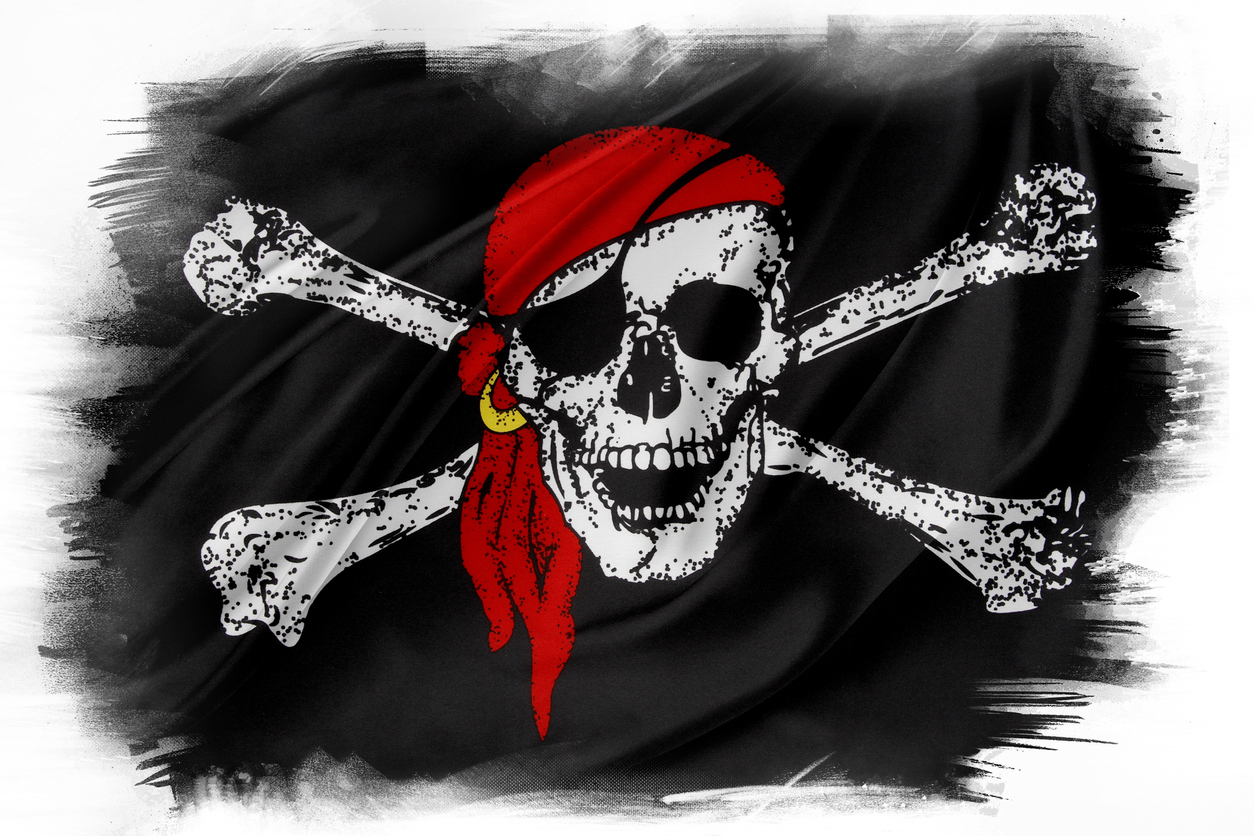The pirate flag is something that our modern fiction has romanticized with thoughts of adventures on the high sea, but where did this iconic flag originate? Is the history of the pirate flag close to the stories that are told in our fictional movies and books? Here is an in-depth look into the story behind the skull and crossbones that is so recognizable today. You can find this flag and more at Flags Importer, which is a great source for buying flags online.
Why is it called the Jolly Roger
The term “Jolly Roger” was a slang term used in the 17th century to describe someone who had a cheerful and jolly demeanor. It is baffling then whey this term is synonymous with the pirate flags. The 17th century was considered the golden age of the pirates and is when many of the terms and iconography we still associate with pirates today was formed. It is hard to pinpoint the exact reason why Jolly Roger became the accepted term for a pirate flag, but there are many historical accounts that give theories on how it began. One of the major theories is that in 1703, a pirate named John Quelch called his flag the Old Roger, which was an allusion to the devil. This would be more on brand with the skulls, skeletons, bones, and blood that usually were shown on pirate flags.
It is theorized that other pirates adopted this name, but put their own satirical and unique spin on it. It is recorded in the 1720s that both Bartholomew Roberts and Francis Spriggs – well-known pirates at the time – used the term Jolly Roger, which could have been handed down from John Quelch. Another theory suggests that Jolly Roger was derived from a mispronunciation of its original form, “Jolie Rogue.” This translates to “pretty red”, and is thought to be in reference to the red flag many pirates would show when performing a hostile takeover of another ship. The exact history of this term is greatly debated, but no matter what its origin, it was adopted into the great lexicon of the pirates.
The evolution of the flag
It was common maritime practice during the age of pirates to raise flags to oncoming ships to inform them of their allegiance. It would be used to decipher if a ship was a private vessel, a military vessel, and what country they were a part of. Pirates began using solid black and solid red flags to inform nearby ships of their intent, and it wasn’t until later that the infamous design was added. In fact, the skull and crossbones we know today were not the most widely used at the time; the design we most associate with pirates is actually an adopted hybrid of many different designs over time. The thing that most pirate flags had in common was their depiction of violence. Some type of skull, skeleton, bones, or sword was typically used in the design.
John Rackham’s flag
The pirate whose flag most resembles the Jolly Roger we think of today is John Rackham, or Calico Jack as he was better known. Rackham’s flag feels straight out of the Pirates of the Caribbean ride at Disneyland with a skull atop two crossed swords. This intimidating design was meant to give warning to victim ships that they were willing to use violence if the ship did not surrender.
Like many things in history, we have condensed years worth of change and evolution into something more digestible. The ideas and icons that we use today to describe pirates is a mixture of all the most unique and interesting parts of pirate history. It’s easy for you to get your own Jolly Roger flag by going to Flags Importer, and seeing what types of pirate flags they have available.
